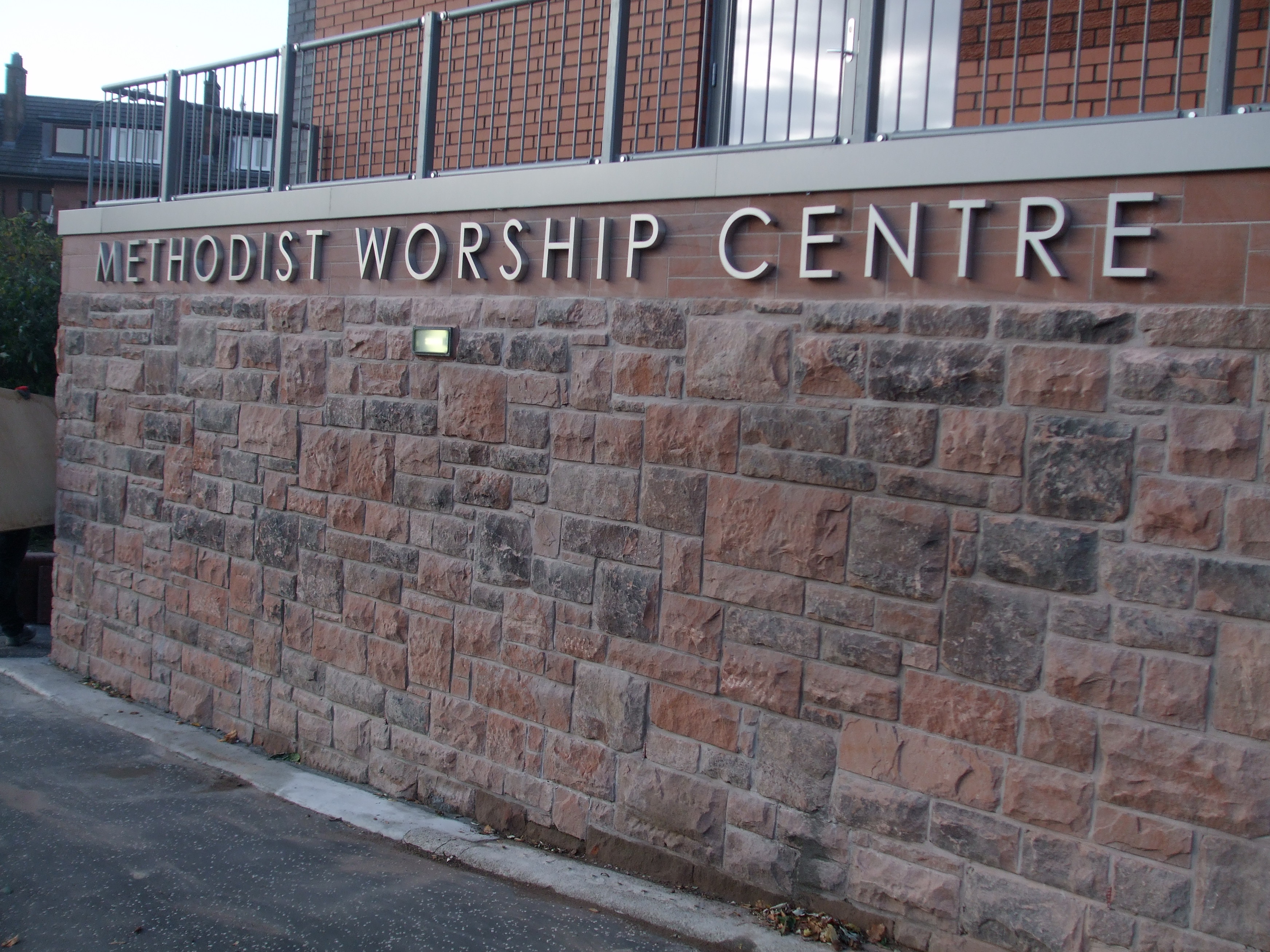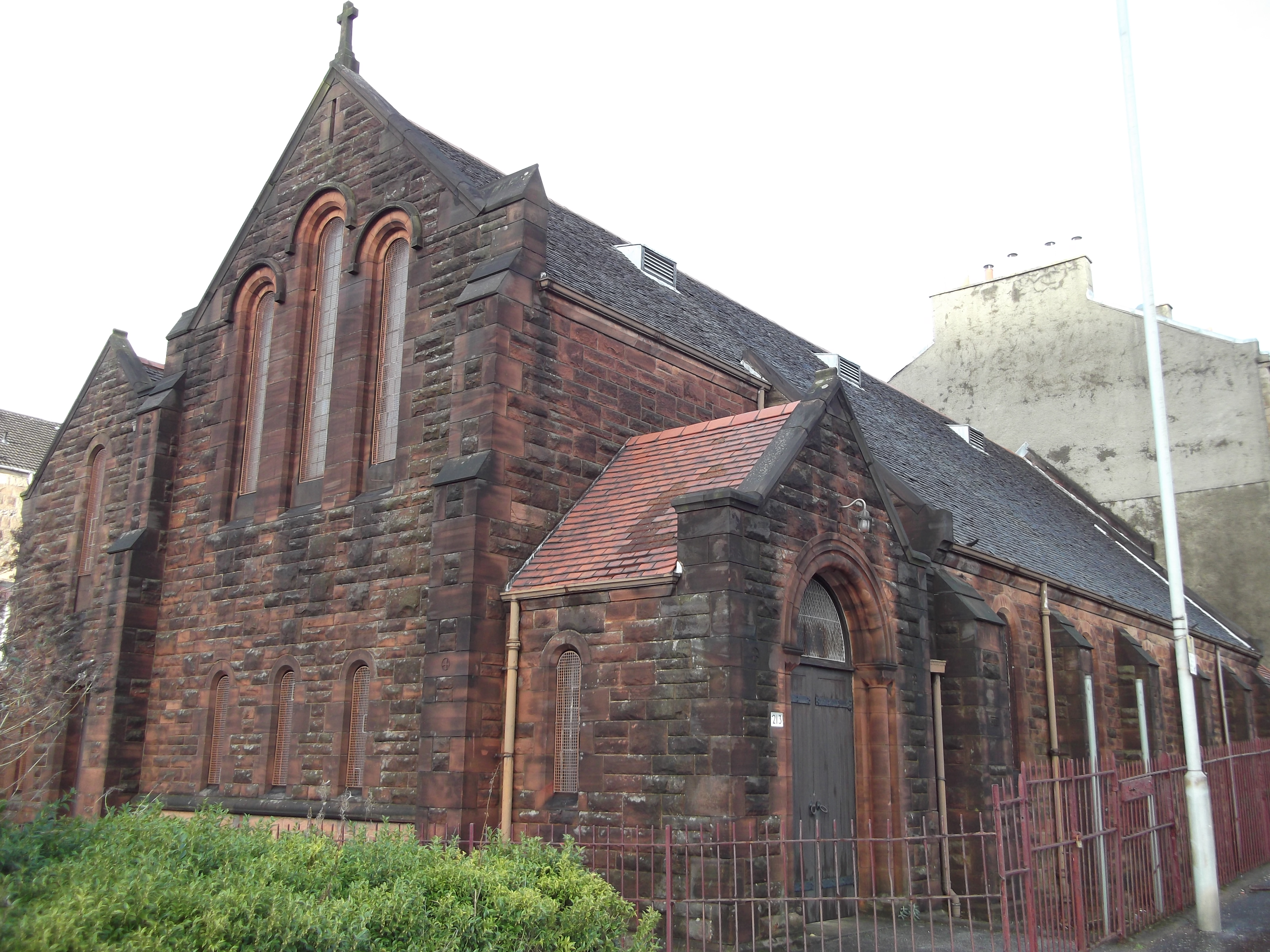This blog is written by a member of the independent Commission. These views do not necessarily represent the views of the Archbishops' or the Church of England.
Old, cold, creaky buildings. In the church, we’re used to their idiosyncrasies. Often, though, their burden of looking after them is the reason that churches look to close. That was the case for Anniesland Methodist Church.
Anniesland had a small, ageing congregation, and maintaining a large building was too much for them. One member, in his eighties, had to go there late in the evening to turn on the heating so that it was ready by Sunday morning. The costs were massive – heating a church like this can cost £3,000 a year. The roof also needed repairing, which would cost £80,000. The congregation couldn’t fundraise this much, so they officially started making plans to close.
The congregation resigned themselves to the fact that their church would be demolished. This allowed Anniesland to think about what the land could be used for – to think about its missional use. One real issue in the area was a shortage of housing provision for older people. Because of this, they approached Sanctuary Scotland - a housing association - about a potential partnership with them.
Talking with Sanctuary, they realised that there was no reason that they couldn’t have a space for worship as well. They designed a new multi-use space, several meeting rooms and a kitchen. The agreement was that they would get a new space equivalent in value to the price of the land, which they handed over to Sanctuary. Above the new church, Sanctuary were able to build twenty-four social rented homes for over fifty-fives.
There have been trade-offs along the way. The church understood that their new place would not be as big, and it was an emotional journey. But out of the ashes has come a stable, growing church.
As well as providing shelter for people, the redevelopment has allowed the church to expand its direct mission. Their new place is much more suitable to their needs. Running costs are low, and it requires little maintenance. This means that the members are no longer stressed about keeping the church open. They’ve started a new Iona style service, and their congregation is actually growing. The building is much more versatile. This makes it useful for community groups, which also provides an income for the church.
Strathclyde Methodist Circuit, of which Anniesland is part, are now being more proactive in discussing redevelopment and refurbishment, working with other churches before they reach the point of considering closure. The Archbishop of Canterbury’s Commission on Housing, Church and Community is encouraging this kind of self-reflection. This doesn’t necessarily mean demolition, but the best, missional use of our property – alone or with partners – should be actively considered. We need to ask ourselves this: do changes need to be made if we are going to get the best missional value from our building or land?
Notes:
- The previous building of Anniesland Methodist Church was built in 1928, and the hall in 1966. While they were very attractive, neither were listed. There is some protection on sandstone buildings, but the area’s sandstone had already been disturbed, so this was not applicable.
- The previous building had a separate hall from the chapel. The new building has a combined multi-purpose hall, with a sliding separator. It also has several side rooms, and a kitchen.
- While the congregation are happy with their new building, there are several things which, in hindsight, they would have done differently. For example, they didn’t consider the ‘wow factor’ of their new sanctuary enough. Further advice will feature in the toolkit which the Commission is producing for local church use.
- There was a year between the demolition of the old building and the opening of the new worship space. During this time, the congregation worshipped in a nearby community space. When the re-opening was delayed, Sanctuary Housing Association paid for their hire costs.

